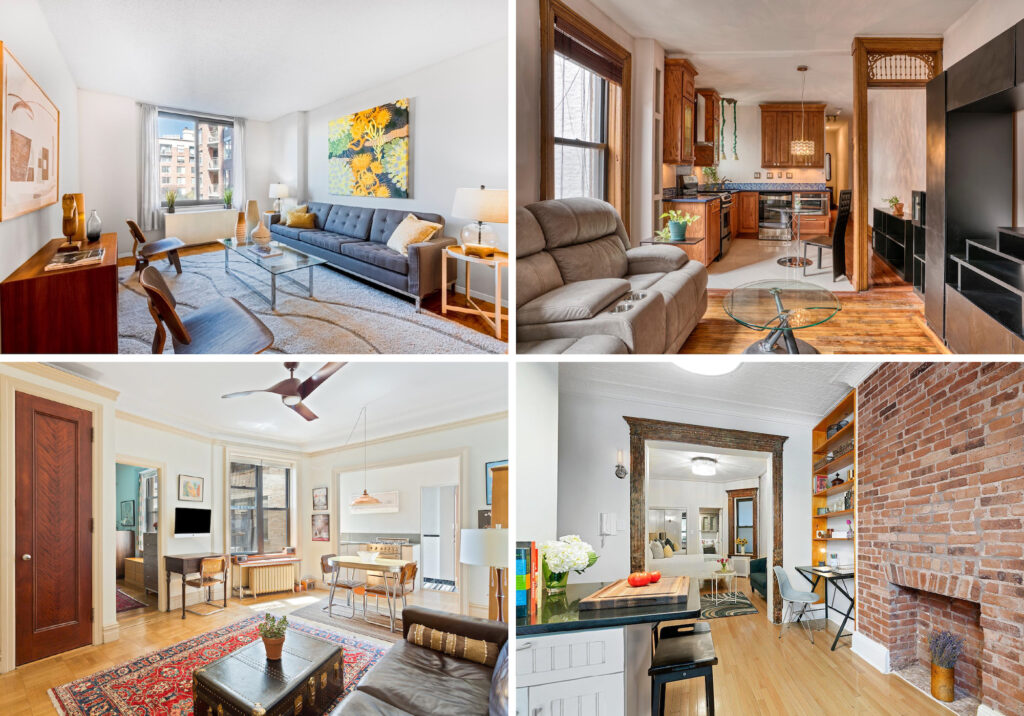As populations age and the desire for autonomy increases, creating homes that enable people to live independently becomes a priority. Whether for seniors, people with disabilities, or those recovering from illness, designing homes that support independent living involves thoughtful planning, accessible design, and the integration of supportive technologies.
Here’s how to create homes that empower people to live independently.
Create an Accessible Home Design
1. Universal Design Principles: Universal design ensures that homes are accessible to everyone, regardless of age, ability, or circumstance. This includes features like wide doorways and hallways to accommodate wheelchairs, no-step entries, and lever handles on doors and faucets for easy use.
2. Single-Level Living: For those with mobility challenges, single-level homes or homes with main living areas on the ground floor are ideal. This design eliminates the need for stairs and makes moving around the home easier and safer.
3. Bathroom Modifications: Bathrooms are critical areas to make accessible. Install grab bars near toilets and in showers, use walk-in showers with no thresholds, and consider adding a shower seat. Non-slip flooring and accessible sinks and toilets can further enhance safety and usability.
4. Kitchen Adaptations: Design kitchens with accessibility in mind. Lower countertops and sinks, pull-out shelves, and side-opening ovens make the kitchen more usable. Ensure that frequently used items are within easy reach and that there is ample space to maneuver.
Use Supportive Technologies
1. Smart Home Devices: Integrate smart home devices that enhance convenience and safety. Voice-controlled assistants like Amazon Alexa or Google Home can control lights, thermostats, and security systems. Smart doorbells, motion sensors, and automated lighting can improve security and ease of use. A company like Design Innovation can work with your home to set up many layers of home automation.
2. Health Monitoring Systems: For those with health concerns, remote health monitoring systems can be invaluable. These systems can track vital signs, remind residents to take medications, and alert caregivers to any potential issues. Wearable devices and smart sensors can provide continuous health monitoring and immediate assistance when needed.
3. Communication Aids: Ensure that the home is equipped with easy-to-use communication aids. Video doorbells, amplified telephones, and emergency alert systems can help residents stay connected and call for help if necessary.
4. Automated Assistance: Automated assistance can include everything from robotic vacuum cleaners to smart fridges that monitor food supplies. These technologies reduce the physical effort required to maintain a home and allow residents to focus on enjoying their living space.
Enhance Safety and Comfort
1. Fall Prevention: Falls are a significant risk for seniors and those with mobility issues. Reduce this risk by removing trip hazards such as loose rugs and clutter. Install adequate lighting throughout the home, especially in hallways, staircases, and entrances.
2. Comfortable Living Environment: Ensure that the home environment is comfortable and adaptable to changing needs. Adjustable beds, recliner chairs with lift functions, and accessible furniture arrangements contribute to a comfortable and functional living space.
3. Easy Maintenance: Simplify home maintenance to make it manageable. Choose low-maintenance materials for floors, countertops, and fixtures. Ensure that essential services like heating, plumbing, and electrical systems are reliable and easy to access for repairs.
4. Personalization: Personalizing the living space can enhance comfort and well-being. Incorporate personal touches such as family photos, favorite colors, and cherished items to create a homely and familiar environment.
Ensure Community and Social Integration
1. Proximity to Services: Choose or design homes that are close to essential services such as grocery stores, healthcare facilities, and public transportation. This proximity allows residents to maintain their independence and access the necessary services easily.
2. Social Spaces: Incorporate social spaces within the home or community to encourage interaction. This can include common areas, community gardens, or accessible patios. Social interaction is crucial for mental and emotional well-being.
3. Support Networks: Establish support networks within the community. Neighbors, friends, and local organizations can provide assistance, companionship, and a sense of security. Encourage the development of community groups and activities that include everyone.
4. Flexible Living Arrangements: Consider flexible living arrangements such as shared housing or co-housing communities. These arrangements can provide both independence and a built-in support system, making it easier for residents to live autonomously while still having access to help when needed.
In conclusion, creating homes that allow people to live independently involves a combination of factors. By thoughtfully addressing each of these areas, you can create environments that not only support independence but also enhance the quality of life, allowing residents to thrive in their homes.






